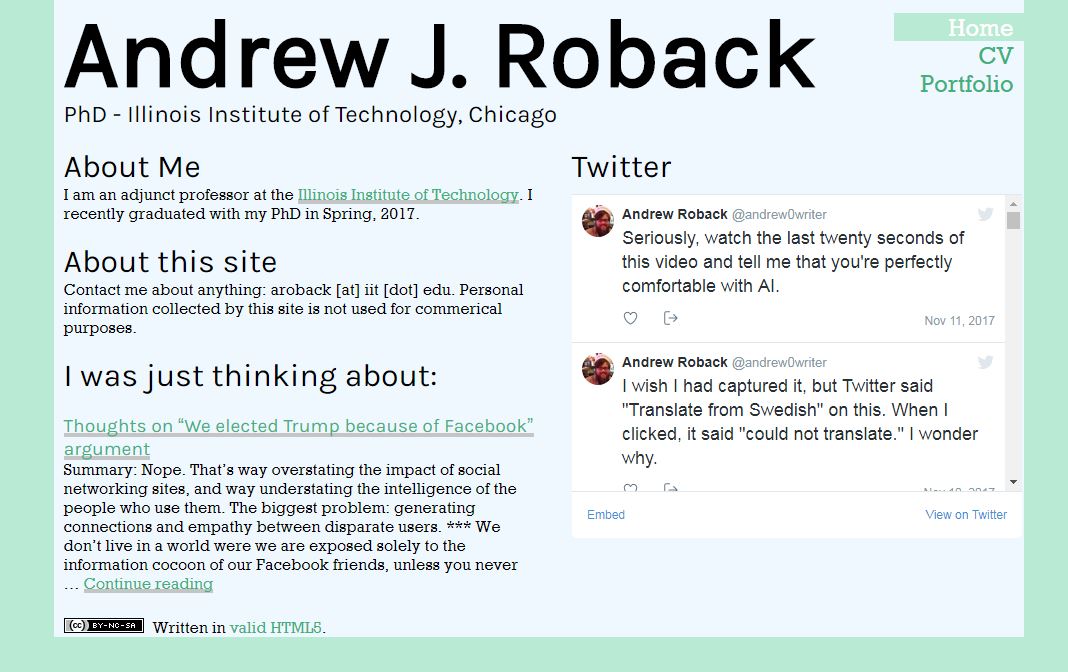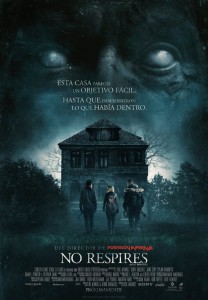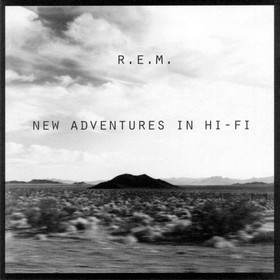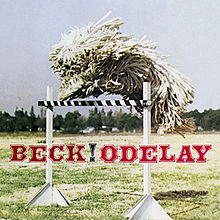Lately I’ve just been so down every time I put the news on, and when I heard Trump’s comments at the joint news conference with Putin, it really came across as a low point in American history. I’m not talking about the substance of the comments necessarily (though those were disturbing to me), but more the way he disparaged the country with the toss off line, “I think the United States has been foolish.”
This country really has been foolish and wrong throughout history, and in the past I’ve written about the lack of historical understanding around Labor Day (it was a capitulation to labor leaders after a violent crackdown against unionization), antebellum Irish immigration (they were worked to death, as opposed to slaves who cost money), and the myth of Columbus (his troops were genocidal rapists that enslaved the native population).
But we’re far from foolish about everything. In fact, we do a lot of things right. I decided to counterprogram the stream of invective and bitter resentment that is current news and social media by writing once a week about something Americans did alright with. I, like many others, can’t stop watching the news, but I need some good stuff (and I’m not talking about soft-news interest pieces). I’m planning to write about great moments in culture, communication, and yes, maybe even some science.
This week: a timely reminder of diplomacy we could all be proud of.
***
1988 Moscow Summit
In 1983, President Ronald Reagan attended a special screening at the White House of a film called The Day After, which depicts in graphic detail the effects of a nuclear attack on the United States. In his diary that night, he wrote that he found the film “very effective” and that it left him “greatly depressed.” Four years later, the U.S. and Soviet Union would agree to ban intermediate range nuclear weapons at a summit in Washington D.C.
I don’t think, growing up as I did during the tail end of the Cold War, that I fully understood the prior animosity towards the USSR. I knew that they were the enemy, but I also didn’t understand why. This seems natural to me now. It was another generation’s war. My parents used to joke that they got a great deal on their honeymoon hotel because they went to New Orleans during the Cuban missile crisis (it was true), but on their bookshelf they had a title called A Day in the Life of the Soviet Union that I used to page through. It certainly has pictures of soldiers and state buildings, but it also depicts ordinary folks doing the same things we do, walking the same beautiful landscapes that we have here. It’s a photographic overture to detente.
In 1983, did Ronald Reagan even think that the Soviet Union was an “evil empire”? I imagine there were a lot of hard liners that this message resonated with, but the 1988 Moscow Summit wasn’t about hard-line tactics. The summit itself was something of a failure, with no “substantial progress on strategic arms control issues” resulting from the meeting. Nevertheless, Reagan had the opportunity to visit cultural sites and interact with the Soviet leadership in a more relaxed setting, having just pinned down that major arms ban treaty the previous year.
During the trip, Reagan and Gorbachev walked around Red Square with a group of security agents and press standing around them. At one point (about 10:00 in this video), they discuss the potential of a student exchange program; after Reagan gives a broad outline, Gorbachev remarks that they will meet each other while they are still young. The tail end of the remark is unintelligible due to background noise. Someone then points to an onlooker holding his child, and Gorbachev takes the kid and holds out his hand for Reagan to shake. The onlookers seem like plants, and it is pretty convenient that there’s an adorable child just as they come to the topic of student exchange, but the sentiment surpasses the artificiality of the setting.
Later, when a reporter asked Reagan if he still thought the Soviet Union was an “evil empire,” he replied simply “no.” His reaction shows that he’s a bit uncomfortable in that moment. Perhaps he was thinking about the infant and the average folks that wanted nothing to do with nuclear war, realizing that the hard line approach was something of an awkward hanger on in the current atmosphere. Gorbechev starts to say something, and the reporter follows up with a “why not.” Reagan comes up with a truly great response: “I was talking about another time, another era.”
Bullshit, you might say, as that era was theoretically only five years prior. But the pace of change was picking up. Reagan viewed the Cold War as essentially over after the summit, but the major symbolic end really was only a year away with the fall of the Berlin Wall, called for by Reagan in 1987.
His comments weren’t exactly an apology or a capitulation, but they effectively brushed aside mistrust and hostile rhetoric in favor of a future focused on peace and arms reduction. I remember being in middle school in the 90’s and laughing when a teacher tried to tell us that we still needed to learn “duck and cover,” just in case nuclear war broke out. The optimism and diplomacy that those leaders demonstrated at that summit may not have resulted in any nuclear weapons being destroyed, but that spirit enabled an entire generation of children to think the prospect of a nuclear war was a relic of “another era.”








